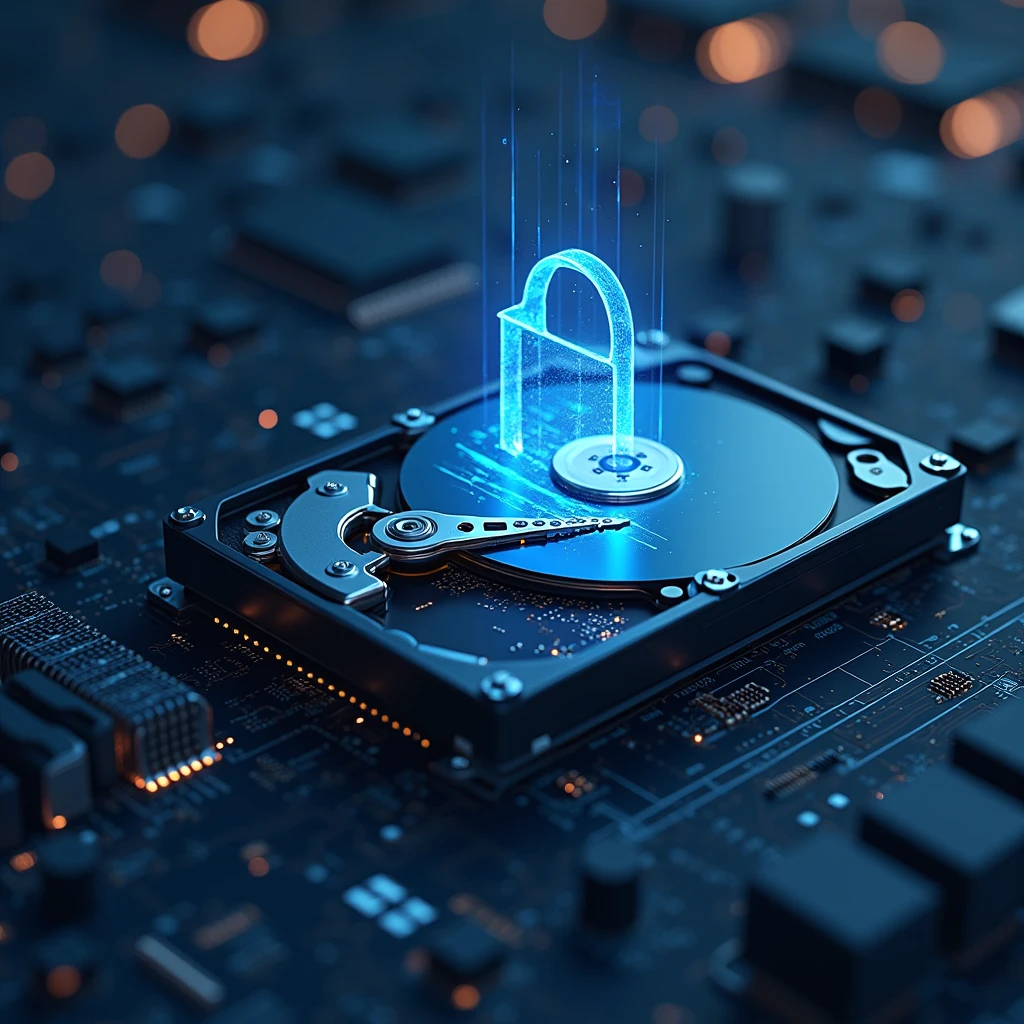Over the past few decades, hard disk drives (HDDs) have undergone significant transformations, transitioning from interfaces like IDE and SCSI to SATA, which has been the dominant standard for years. However, with advancing technology and increasing demands for speed and data processing capacity, the industry is witnessing a new shift: the introduction of PCIe for HDDs.
History of HDDs and Interfaces
HDDs have been crucial for data storage since the 1950s. In the 1980s, IDE (Integrated Drive Electronics) and SCSI interfaces were introduced, each with specific roles: IDE for desktops and SCSI for servers, due to its higher speed and reliability.
In 2003, Serial ATA (SATA) was introduced, gradually replacing older parallel interfaces like PATA. SATA offered increased speed and simplicity, with its first version reaching 1.5 Gb/s and its third version reaching 6 Gb/s.
The Advent of PCIe
PCIe (Peripheral Component Interconnect Express) was initially used for graphics cards and other hardware components, but in recent years, it has gained popularity for solid-state drives (SSDs) due to its ability to offer high data transfer speeds. However, the use of PCIe for HDDs is a recent novelty and represents a significant change.
Technological Shift: NVMe HDD
The most interesting shift is the introduction of HDDs using the NVMe (Non-Volatile Memory Express) protocol on PCIe interfaces. This development was made possible by collaborations between companies like Seagate and Nvidia, demonstrating how HDDs can be optimized for high data intensity workloads, such as those required by artificial intelligence.
The NVMe protocol offers greater bandwidth and lower latency compared to SATA and SAS, making it ideal for data center environments where speed and efficiency are critical. Additionally, NVMe allows direct access between GPUs and storage, bypassing the central processor and thus reducing bottlenecks.
Implications and Future
The introduction of PCIe for HDDs marks a significant step forward in data management, especially in sectors like artificial intelligence and large-scale data processing. Although SSDs remain the preferred choice for high-speed applications, NVMe HDDs offer a compromise between cost and performance, making them an interesting solution for the future.
In summary, the transition from SATA to PCIe for HDDs represents a significant shift in the data storage sector, promising increased speed and efficiency. This development is set to profoundly influence how we manage and process data in the coming years.
Sources
- The Evolution of PCIe in Solid-State Drives
https://www.integralmemory.com/articles/the-evolution-of-pcie-in-solid-state-drives/ - GPU Meets PCIe-Based Hard Drives: Seagate and Nvidia Demo NVMe HDD System
https://www.tomshardware.com/pc-components/hdds/gpu-meets-pcie-based-hard-drives-seagate-and-nvidia-demo-nvme-hdds - Understanding M.2, SATA, PCIe and NVMe SSDs
https://www.crucial.com/articles/about-ssd/m2-with-pcie-or-sata








Leave a Comment